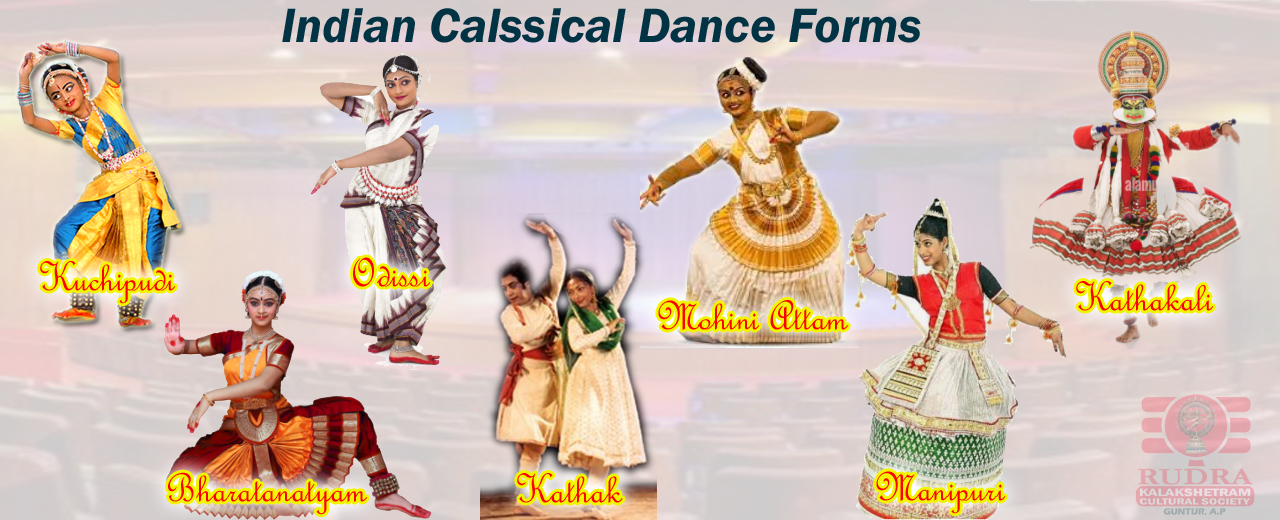
“naaTyam bhinnarucherjanasya bahudaapyekam samaaraadhanam” – said by Kal4adasa
There are 7 Indian Traditionl Classical dance forms
- Kuchipudi
- Bharatanatyam
- Kathak
- Mohiniattam
- Kathakali
- Manipuri
- Odissi
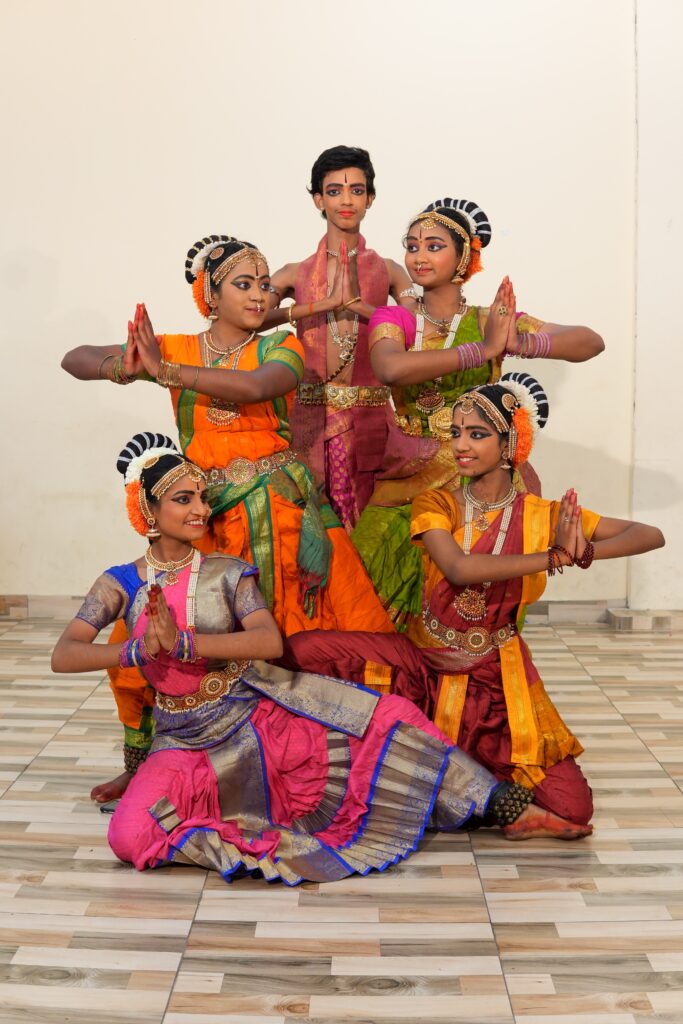
Kuchipudi:
Kuchipudi Natya started with a dance drama tradition in a small village called Kuchipudi in Krishna District, Andhra Pradesh. For a long time, only dance dramas of mythological themes were performed. Certain solo items like pravesa daruvulu Pertaining to characters like Satyabhama and Usha from Bhamakalapam and Usha Parinayam and Tarangams from krishnaleela tarangini were performed during dance drama presentation as a variety and to show the talents of individual artist. Kuchipudi dance is a complete art system where in Navarasas and for kinds of Abhinaya (Expression) are being interpreted. It was a male oriented tradition art. Kuchipudi dance has a variety of repertoire consisting pushpanjali kowthwam, Jatuswaram, Sabdam Keertanas, Astapadis Adhyatmika ramayana Kirthanas of Ramadas, Tarangam, Slokam, JavaLis, daruvus etc.
Famous gurus in Kuchipudi are Vedantam Lakshmi Narayana Sastry, Vempati Venkat Narayana, Chita Venkat Ramaiah these there people called as Natya Trayam in Kuchipudi tradition. Other famous gurus are Vempati Chinna Satyam,
Vedantam Satyanarayana Sarma, PVG Krishna Sarma and many.
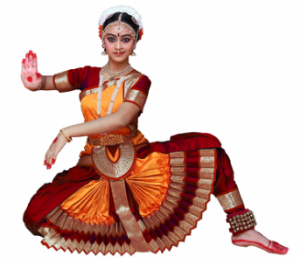
Bharatanatyam:
This Dance Procedure was introduced as per Natya Shastra and is under usage in Tamilnadu state. Earlier it was performed by only Devadasees. These Devadasees used to worship God by their dance style. Bharatanatyam belongs to Lasya type of dance. Vachika and Angika Abhinayas are having dominant place and both lokadharmi and Natyadharmi are shown beautifully in this dance style. The traditional order of the bharata natyam recital is Alrippu, Jaliswaram, Sabdam, Varnam, Padam, Tillana is the correct sequence in the practice. The Dance Guru is called as “Nattuvanar”. Rukmini Devi Arundel, Padma Subrahmanyam, Yamini Krishnamurthy, Padmabhushan’ Bala Saraswathi and so many people have contributed their lives to develop this art.

Kathak:
The word Kathak has been derived from the word “Katha” which means a story. A transition from the temple courtyard to the place durbar took place which necessary changes in presentation. In both Hindu and Muslim court Kathak became highly performed art. There are 2 types in kathak dance style, 1. Jaipur gharana 2. Lucknow gharana. Jaipur gharana is known for its rhythmic virtuosity, Lucknow gharana is with strong accent or bhava. Foot work plays major role in this dance and is complex rhythmic patterns are created through the use of flat feet according to the beat of percussion instruments. This is the only classical dance of India having links with Muslim culture. Kathak dancers use Hindustani music.
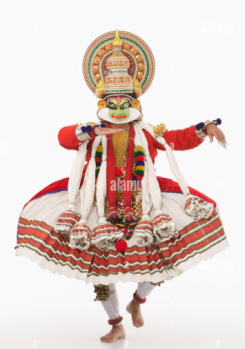
Kathakali:
Kerala is the home of several forms and in that most notable is Kathakali. Kathakali is a stylized art form. Dance uses different colors in facial makeup according to the rasa and character of the dancer. The dancer expresses himself through codified Hasta Mudras and facial expressions. Many stories are selected from the epics and myth so Kathakali music follows the traditional music of Kerala. Kathakali is a visual art where tents are laid down. A simple stage is used. The facial muscles play an important role, the movements of eyebrows eye balls and lower eye lids as described in the Natyasastra, which are not used to such an extent in any other dance style.
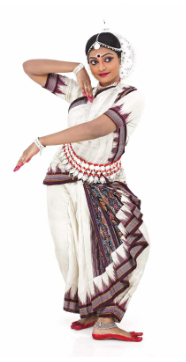
Odyssey:
Orissa on the eastern seacoast is the home of Odyssey and is one of the many forms of Indian Classical dance. The dance movements frozen in stones of sun temple at Konark, continues to inspire odyssey dancers even today. A class of boys namely Gotipuas were trained on the art; they danced in the temple and also for general entertainment. Many of today’s gurus of this time belongs to the Gotipua tradition. Odyssey closely follows the tenses laid down by the Natya Sastra. Facial expression, hand gesture and the body movements are used to suggest a certain feeling of emotion, Navarasas. The techniques of movements are built around two basic postures of the chunk and tribhaghi. The dancer uses Oriya silver Jewellery and a special hair style usually stitched is unique to the style.
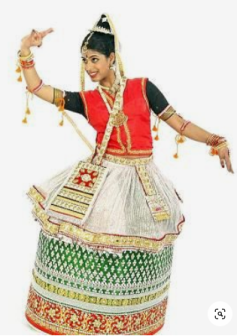
Manipuri:
Manipuri, one of the main styles of Indian classical dances originated in the state of Manipur in the North Eastern corner of India. The origin of Manipuri dance can be traced back to Ancient times that go beyond recorded history. The dance in Manipuri is associated with rituals and traditional festivals. Laiharoba, rasaleela, vasantarasa, kurthal cholam are the most popular forms presented in Manipuri dance style. Manipuri dance incorporates both Thandava and Lasya generally known for its lyrical and graceful movements. The Manipuri classical style of singing is called Nat. The Ashtapadies of Jayadeva’s Geeta Govinda are very popular and are sung and danced in Manipuri with great religious flavor
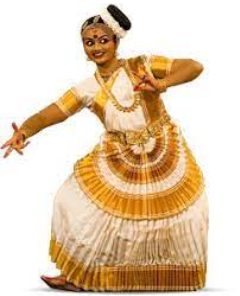
Mohiniyattam:
Mohiniyattam is a dance form said to have originated in Kerala. It is closely related to Bharatanatyam of Tamilnadu which was originally called “Dasiyattam” originated as the temple dance performed by Devadasis. In the main items in this style are Cholkettu, Padavarnam and Padam. Mudras and facial expressions are more important than the rhythmic steps. Costumes and ornaments of Mohiniyattam have much in common with female characters of koodiyattam and kathakali. Earlier Mohiniyattam was performed only in Temple premises and royal courts. Major contributions to this art form were given by Maharaja Swathi Thirunal. Compared most other dance forms, Mohiniyattam gives more importance to gestural and facial acting. The Mudras(hand gestures) are almost always same as those employed in Kathakali.

